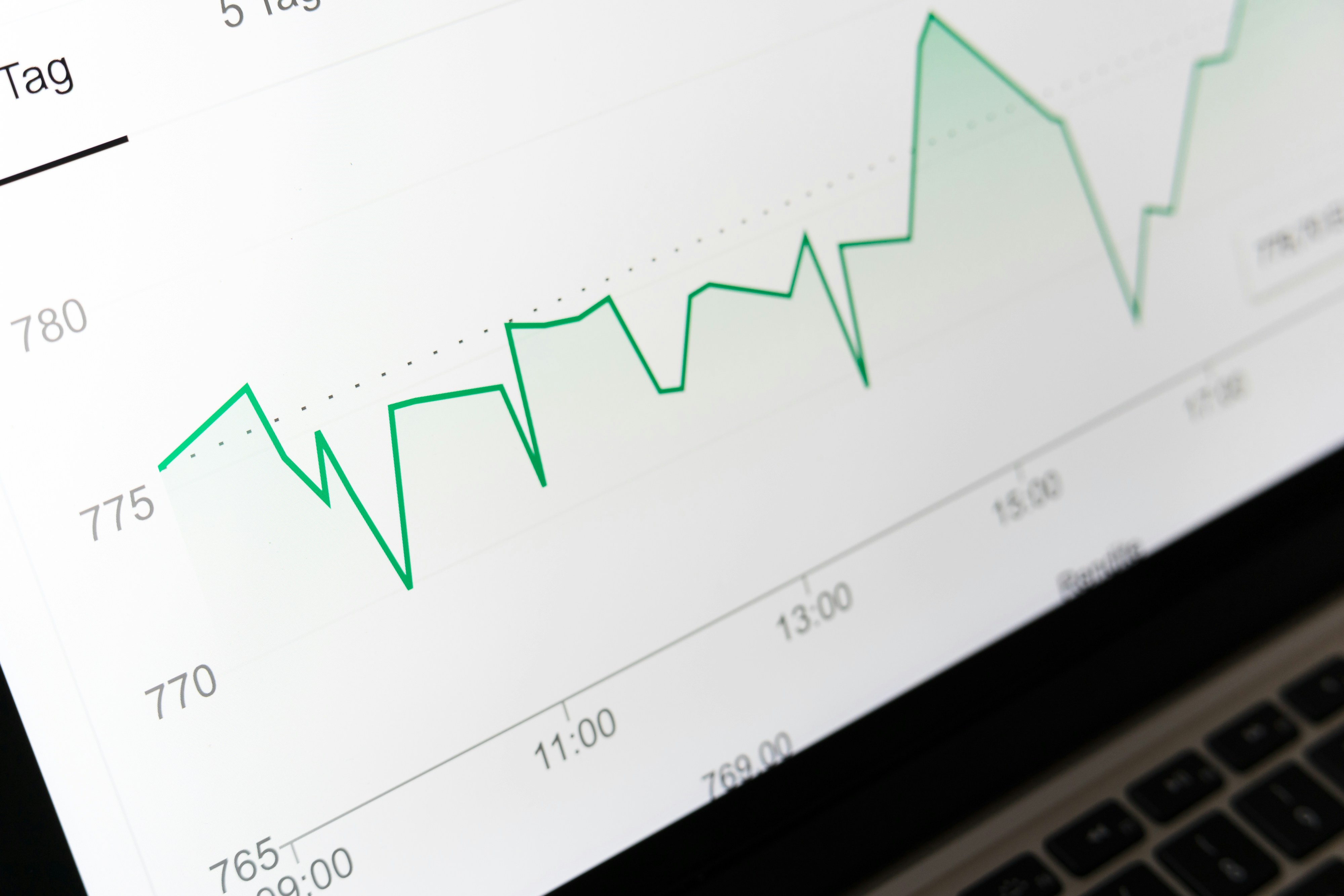Decoding the Digital World: Your Friendly Guide to Data and Analytics

Posted On: 2025-March-01
3 Minutes Read
Author: jack frost
Ever feel like you're swimming in information? From the news you read to the apps on your phone, from your fitness tracker to your online shopping habits – data is everywhere. But what is it, really? And what does it mean to "analyze" it?
If terms like "data analytics," "big data," or "business intelligence" sound intimidating, you're in the right place! Inspired by insights like those found in Harvard Business School Online's guide for beginners, let's demystify these concepts together. Think of this as your first step into understanding the powerful world of data and analytics.
What Exactly Is Data?
At its core, data is simply raw information. It can be facts, figures, observations, or descriptions. Think about:
- The number of steps your fitness tracker recorded today.
- The list of songs you streamed this week.
- The prices of items in your online shopping cart.
- Customer feedback comments on a website.
- The daily temperature readings in your city.
Data comes in different flavors. It can be quantitative (numbers, things you can measure, like sales figures or website visits) or qualitative (descriptions, things you observe but can't easily count, like customer reviews or interview notes). In today's digital age, we're generating more data than ever before!
Okay, So What's Analytics?
If data is the raw material, analytics is the process of turning that raw material into something useful. It's about examining data sets to find patterns, draw conclusions, and gain insights.
Think of it like being a detective:
- You gather clues (data collection).
- You organize and clean up the clues, discarding irrelevant information (data cleaning/preparation).
- You look for connections and patterns among the clues (data analysis).
- You form a theory or conclusion based on the evidence (interpretation).
- You present your findings (communication/reporting).
Analytics helps us move from just having information to actually understanding it and using it to make smarter decisions.
Why Should I Care About Data and Analytics?
Whether you're running a business, working on a team, or just navigating everyday life, understanding data can give you an edge. Analytics helps us to:
- Make Informed Decisions: Instead of guessing, use data to back up your choices. (e.g., Which marketing campaign actually brought in more customers?)
- Understand Performance: See what's working and what's not. (e.g., Why did sales dip last quarter?)
- Identify Trends: Spot patterns or shifts early on. (e.g., What topics are becoming popular on social media?)
- Improve Efficiency: Find bottlenecks or areas for improvement. (e.g., Where in the process are customers dropping off?)
- Know Your Audience: Understand customer behavior and preferences better. (e.g., What features do users actually use in our app?)
A Peek at Different Types of Analytics
Analytics isn't just one thing. It often progresses through stages, asking different questions:
- Descriptive Analytics: What happened? This is the most basic stage, summarizing past data. (e.g., "Our website traffic was 10,000 visits last month.")
- Diagnostic Analytics: Why did it happen? This digs deeper to understand the causes behind the results. (e.g., "Traffic increased because our blog post went viral.")
- Predictive Analytics: What is likely to happen next? This uses historical data to forecast future outcomes. (e.g., "Based on current trends, we predict traffic will reach 12,000 visits next month.")
- Prescriptive Analytics: What should we do about it? This goes a step further, suggesting actions to take based on the predictions. (e.g., "To reach 15,000 visits, we should invest more in social media promotion.")
Taking Your First Steps
Feeling overwhelmed? Don't be! You don't need to become a data scientist overnight. Here are simple ways to start engaging with data:
- Be Curious: When you see numbers or charts (in the news, at work), ask questions: What does this mean? Why might that be?
- Pay Attention: Notice the data around you – how apps track your activity, how websites personalize recommendations.
- Start Simple: Use basic tools like spreadsheets (Excel, Google Sheets) to organize information and create simple charts.
- Focus on the Question: Before diving into data, think about what you want to find out.
The Takeaway
Data is the language of the modern world, and analytics is the key to understanding it. By learning the basics, you empower yourself to make better decisions, understand trends, and see the world around you more clearly. It's not about complex math (at least, not initially!); it's about curiosity and the desire to turn information into insight.
So, embrace the data, start asking questions, and enjoy the journey of discovery!
This post is inspired by foundational concepts often covered in introductory materials like Harvard Business School Online's "A Beginner's Guide to Data and Analytics."